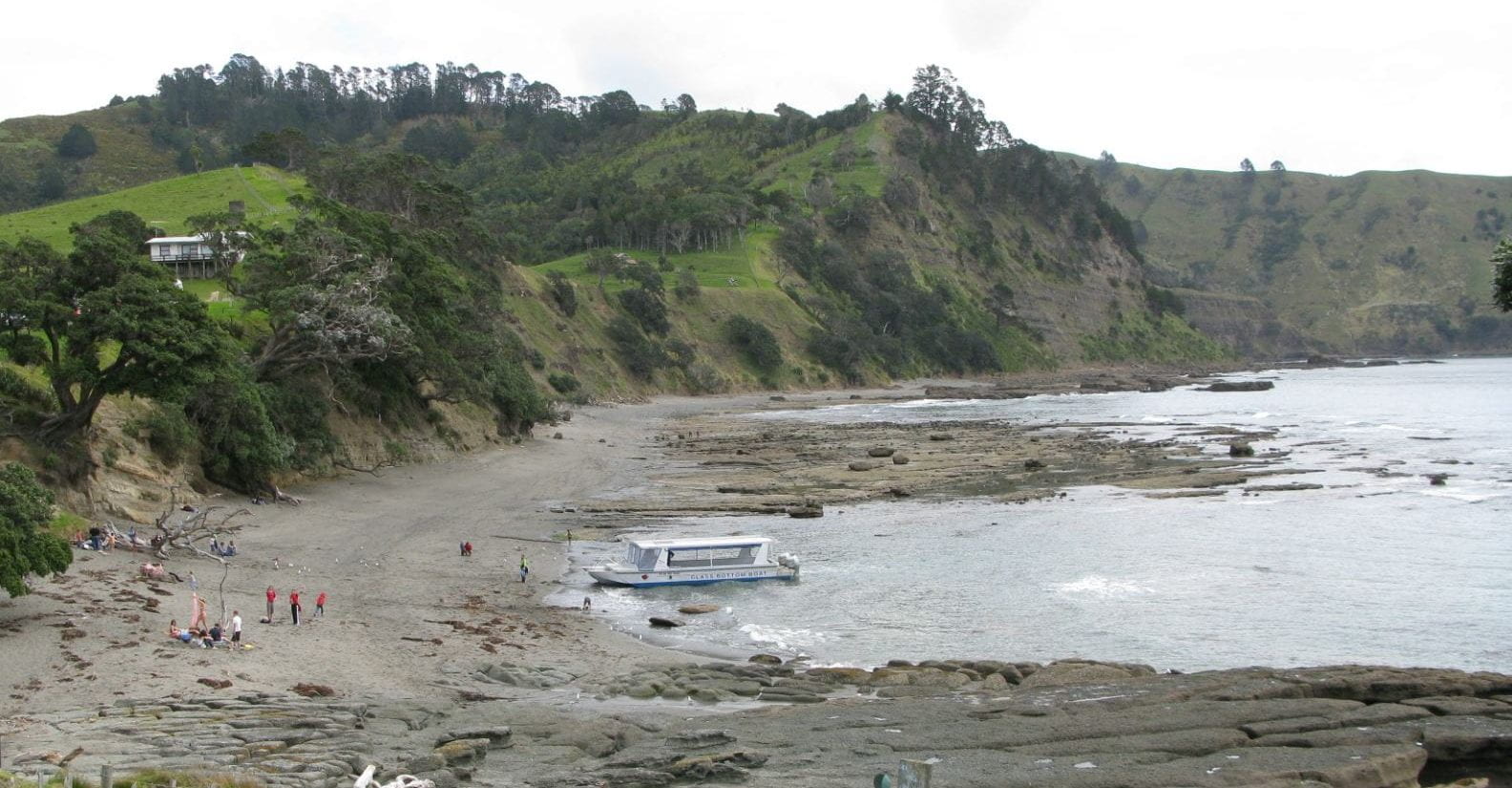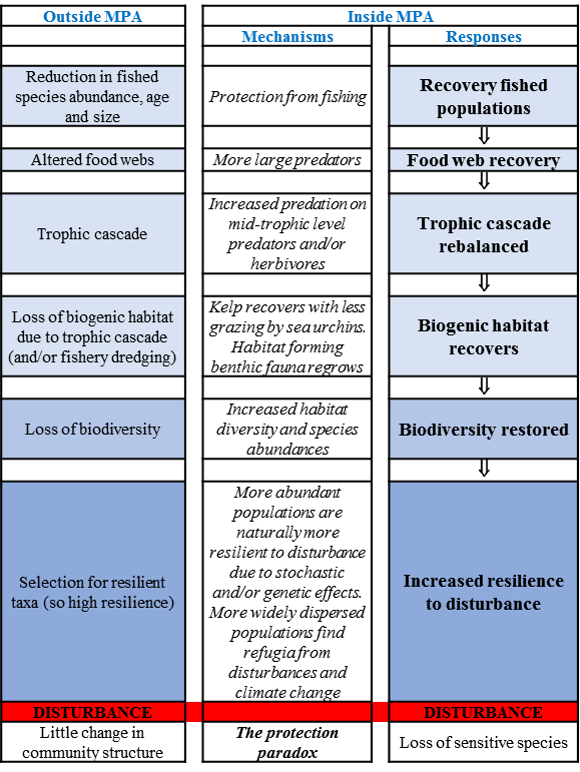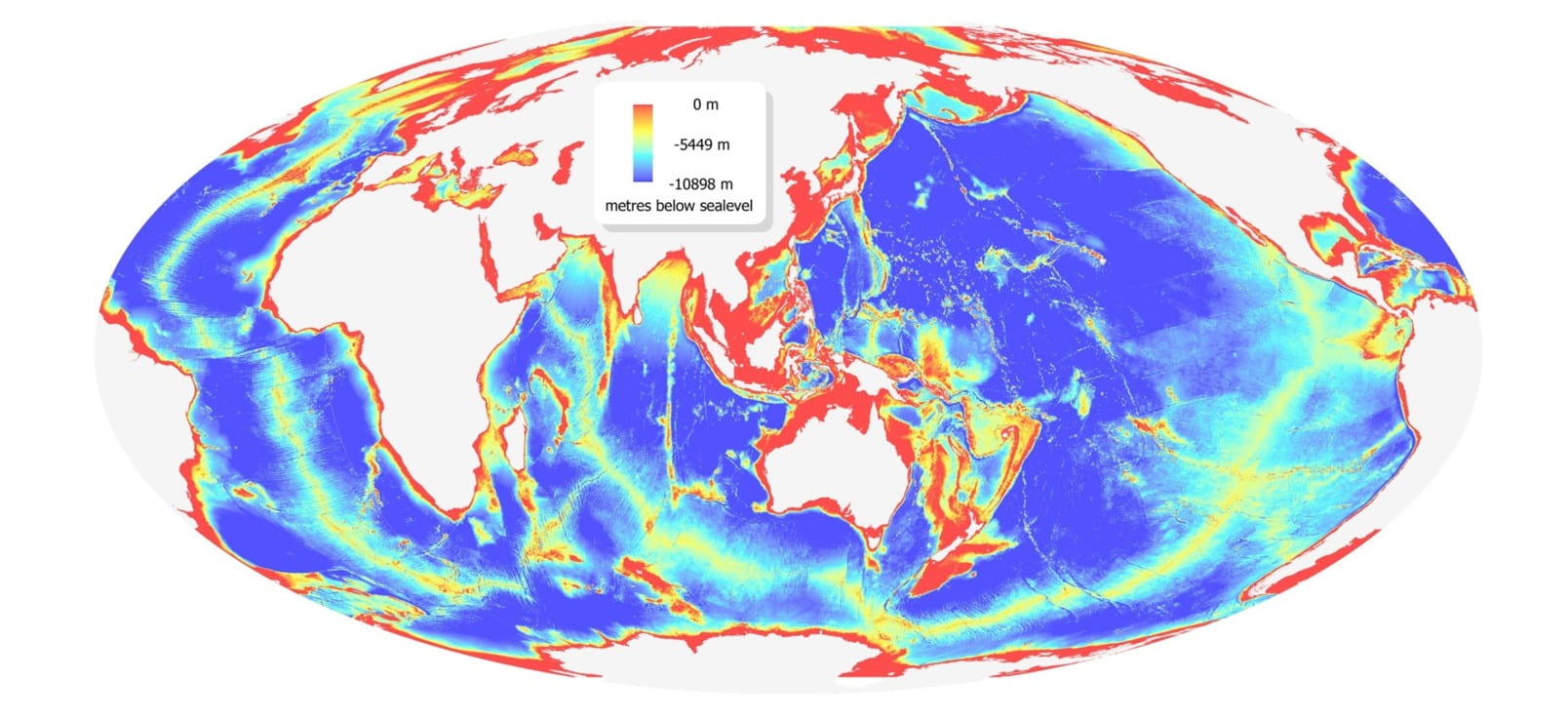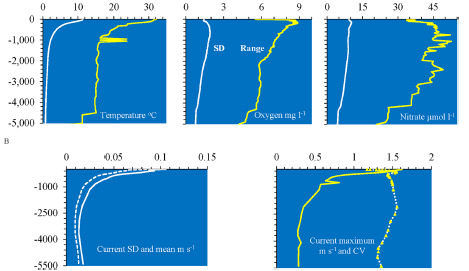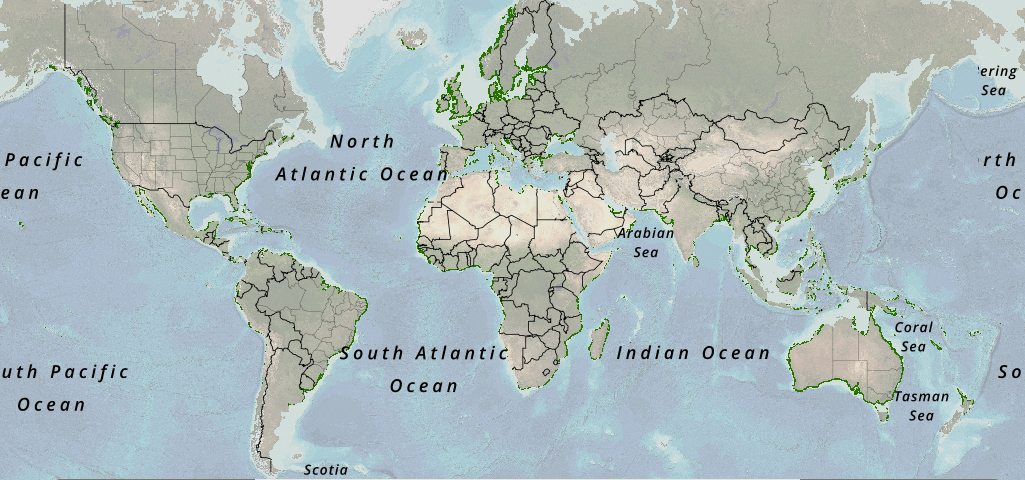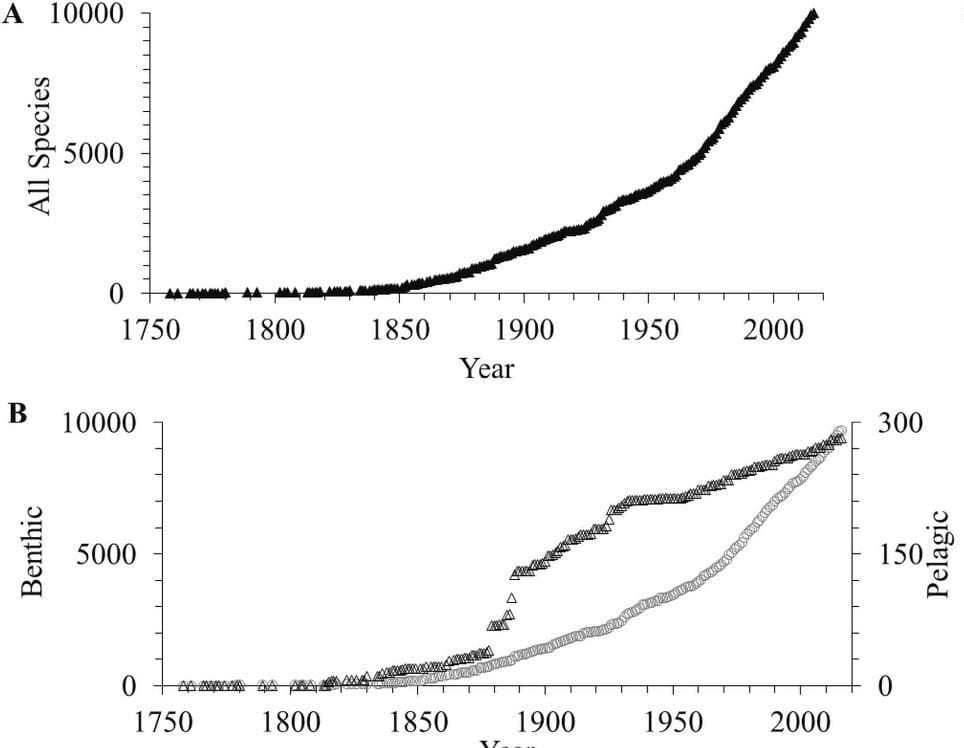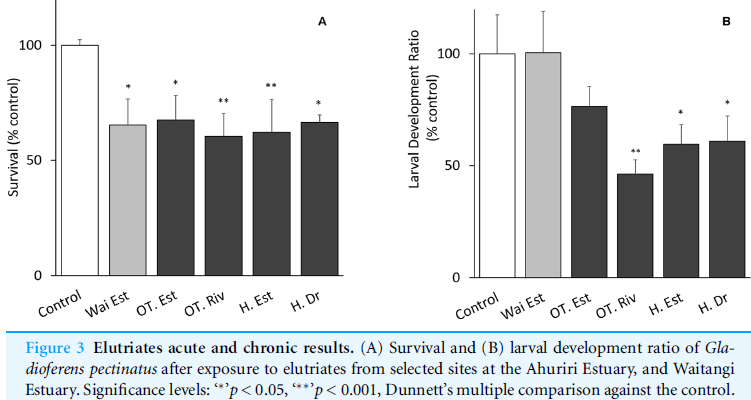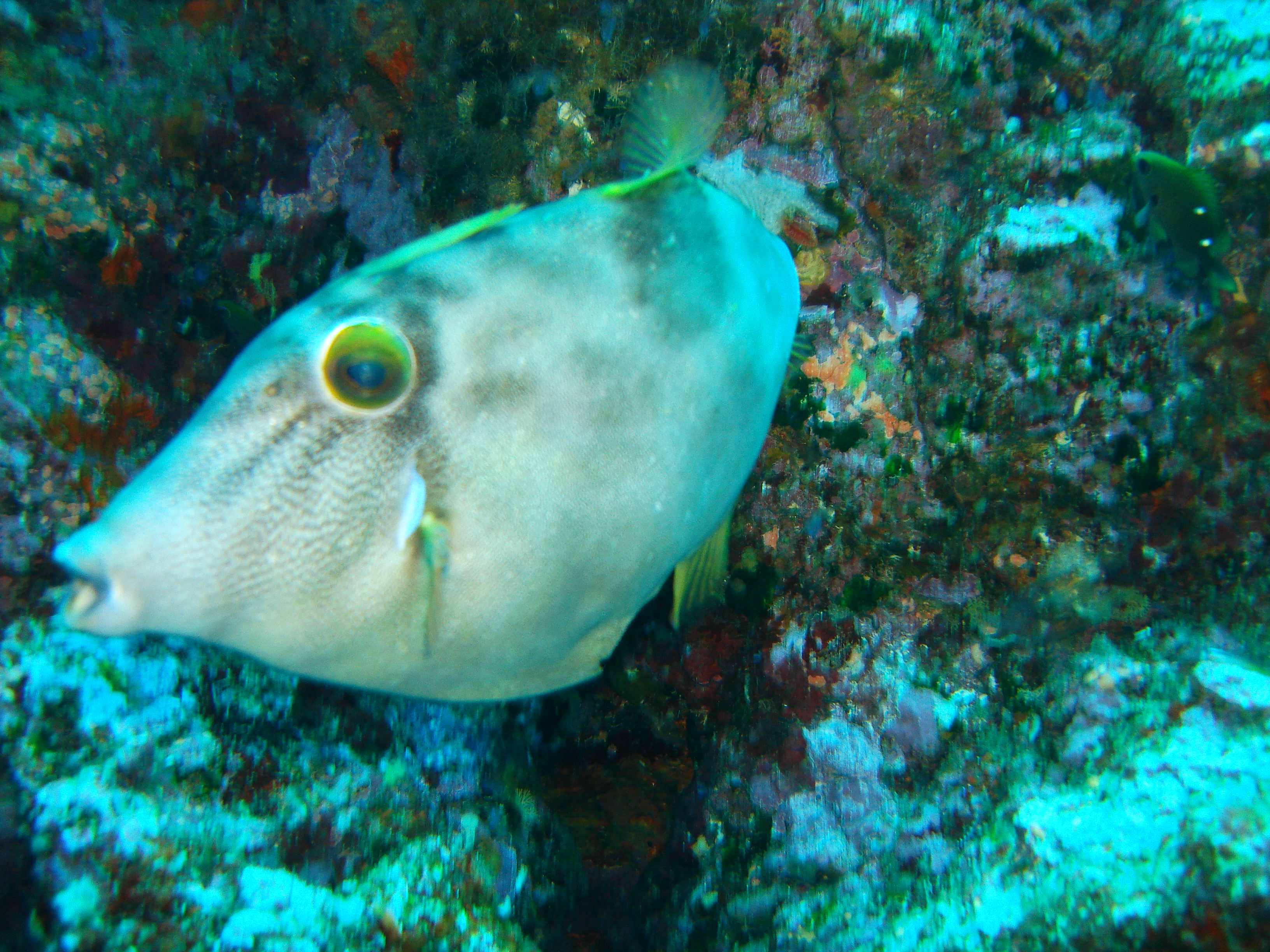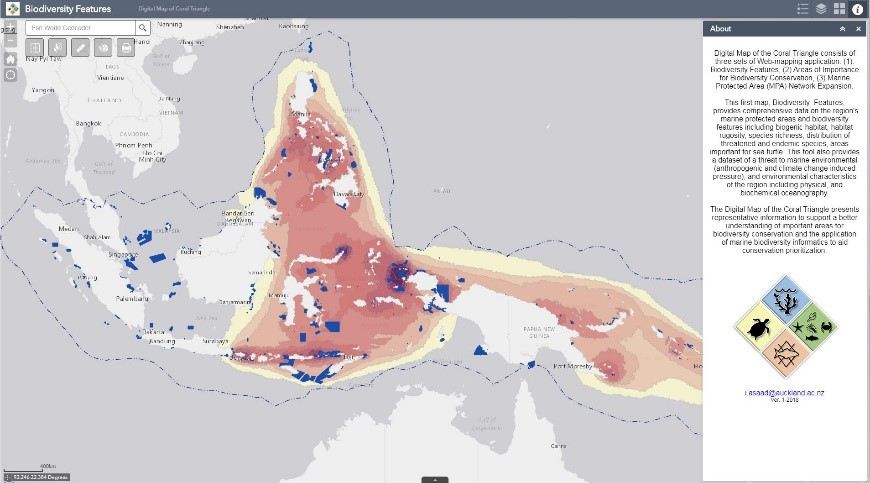
There is a biodiversity crisis; exaggerating it is unhelpful and counterproductive
Conservationists do not need to exaggerate the crisis facing the world’s biodiversity (Costello 2019). Almost 30,000, out of 100,000 species assessed, are threatened with extinction (IUCN Red List 2019). This is far too many and a crisis. Helpfully, we know what threatens each species and there are many examples of conservation success in preventing extinctions.
